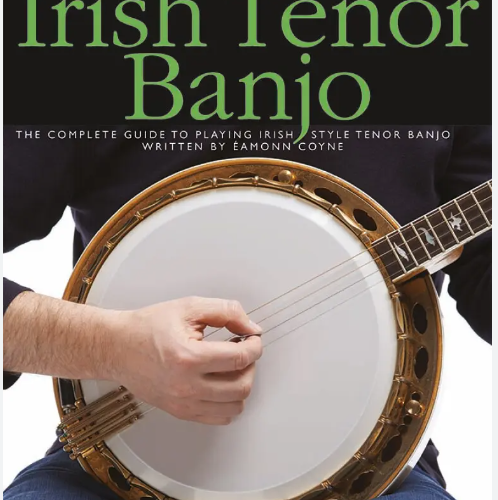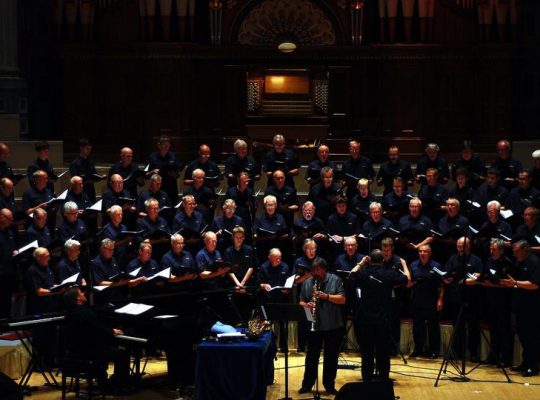Banjos are an easy and enjoyable instrument to start learning how to play, with various styles available to choose from.
Banjos are significantly less costly than guitars or ukuleles and tend to be easier for beginners to play due to thinner strings on banjos.
What is a banjo?
The banjo is one of the best-known fretted stringed instruments in America, drawing upon African roots while drawing upon European musical traditions of America to produce an instrument with deep cultural ties in both areas.
Folk, country, old-time, and bluegrass music all incorporate it. Additionally, it can be found in jazz and Dixieland styles of music.
Many types of banjos are available, from traditional models to hybrid versions which combine elements from other instruments for optimal sound production and resonance. Each style offers its own distinctive sound.
The banjo has long been part of American culture, becoming especially prominent during the second half of the nineteenth century due to minstrel shows in rural White culture during its rise.
Types of banjos
Learn to play one of the various types of banjos available; each variety offers unique characteristics that set it apart, such as number of strings, tunings and playing styles.
A 5-string banjo is one of the most prevalent and versatile types, often found in Appalachian and Bluegrass music. This variety typically has five strings with an additional fifth string connected by tuning peg.
The 5-string banjo is the go-to instrument for beginning players looking to pick up banjo playing. Not only can beginners use it to start out learning how to play banjo, but its versatile nature enables them to learn various music styles and picking techniques as well.
A 5-string banjo typically uses an open G tuning, often known as G-D-G-B-D. This option is great for beginner banjo players looking to expand their repertoire.
Basics of playing a banjo
Banjos are an amazing instrument to learn if you want to explore traditional American music and expand your musical creativity. Plus, banjos provide the perfect platform to express yourself musically!
One of the key steps when learning how to play a banjo is regularly practicing your technique and becoming a better player. This is what will enable you to become successful at it!
Begin your banjo practice sessions by practicing chords and roll patterns – these are picking patterns which use multiple picks to play various notes simultaneously.
These techniques will enable you to learn banjo chords quickly and create a wider variety of sounds. Experiment with hammer-ons and pull-offs – similar to guitar strumming techniques – for added effect.
Once you have mastered these fundamentals, you can progress to playing more intricate songs on your banjo. Although this may take some time, eventually you’ll develop the necessary skills to perform them all!
Tips for learning to play a banjo
Learning the banjo can be intimidating at first, but there are a few strategies that can make it simpler – starting out by playing simple songs, listening to great banjo players, and keeping fresh strings on your instrument are among them.
Beginning banjo players must first learn how to recognize melody notes on their banjo, as this skill will enable you to develop the technique needed to produce full arrangements using your instrument.
Once you’ve mastered this skill, the next step should be learning the fundamentals of banjo music: chords and scales. Learning these will help organize melody notes within songs more easily while also making you identifiable to other musicians playing banjo music.
Another essential step is selecting a banjo you can learn on. There are various kinds of banjos to choose from, including 4-string “tenor” banjos and 6-string “fiddle” banjos with fewer strings than standard 5-string models – ideal options for beginner guitarists.


